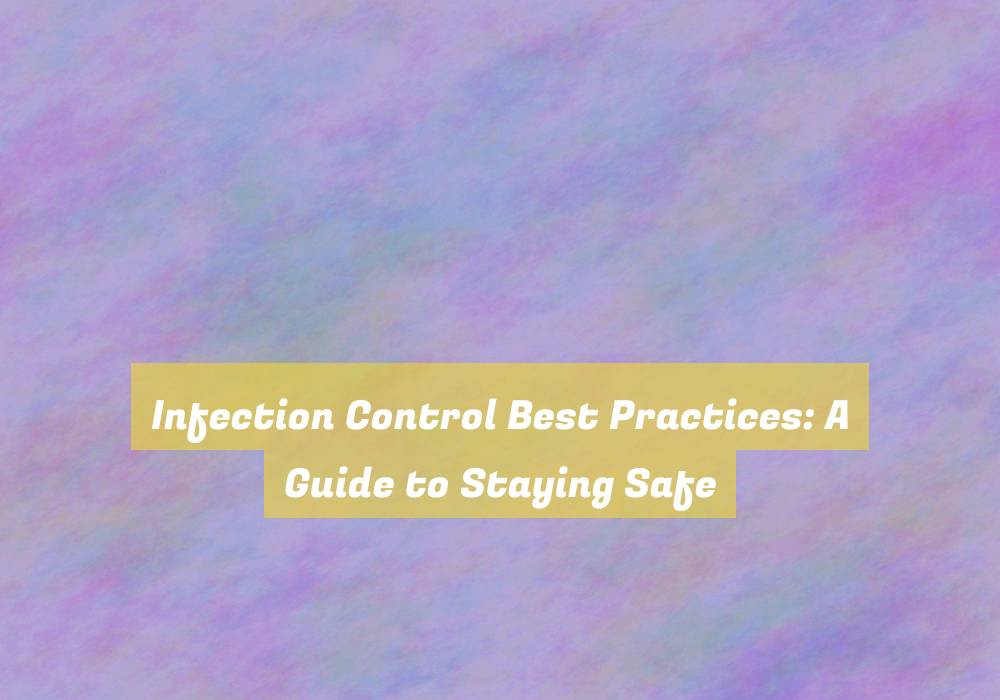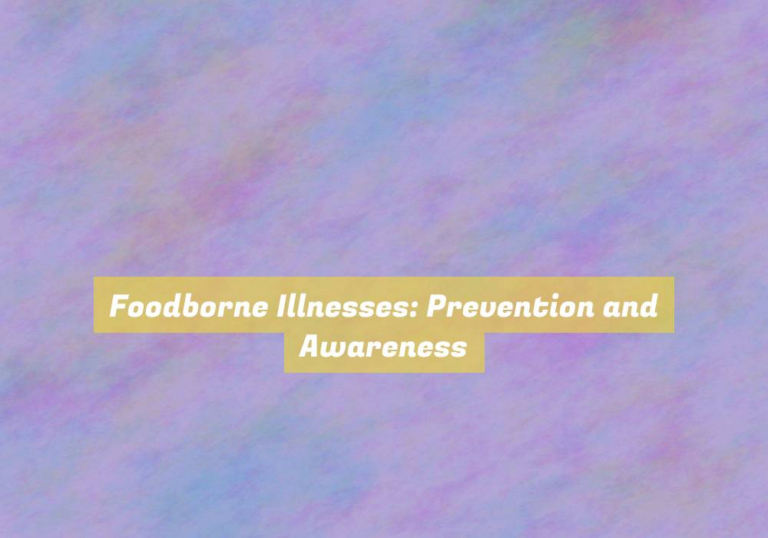Infection Control Best Practices: A Guide to Staying Safe
In the ever-evolving landscape of infection control, navigating the terrain can feel like trying to find your way through a maze. With new information and guidelines constantly emerging, it can be a challenge to stay abreast of the most effective strategies for safeguarding your health and that of those around you.
But fear not, as this guide aims to illuminate the path toward implementing best practices for infection control. From understanding the fundamentals to implementing practical measures, this discussion will equip you with the knowledge and tools necessary to navigate the complexities of infection control with confidence.
Understanding Infection Control
Understand how infection control measures can effectively prevent the spread of illnesses in healthcare settings.
By implementing proper hand hygiene practices, such as washing your hands with soap and water or using hand sanitizer, you can significantly reduce the risk of transmitting infections.
Additionally, wearing personal protective equipment, like gloves, masks, and gowns, is crucial in creating a barrier between you and potentially infectious materials.
Adhering to respiratory hygiene, which involves covering your mouth and nose when sneezing or coughing, is essential for containing respiratory droplets that may carry infectious agents.
Properly disposing of contaminated materials and diligently cleaning and disinfecting surfaces also play a vital role in preventing the spread of illnesses.
Understanding the importance of vaccination and staying up to date with immunizations not only protects you but also contributes to the overall prevention of infectious diseases in healthcare settings.
Implementing Effective Measures
To effectively implement infection control measures, ensure that all healthcare staff receive comprehensive training on proper protocols and procedures. Training should cover hand hygiene, the proper use of personal protective equipment (PPE), and the correct disposal of hazardous materials. Regular refresher courses should also be provided to keep everyone up to date with the latest guidelines and best practices.
In addition to training, itG??s essential to establish clear communication channels within the healthcare facility. All staff members should be aware of their roles and responsibilities in infection control. Encourage open dialogue and the reporting of any potential issues or breaches in protocol. This can help in quickly addressing and resolving any concerns that may arise.
Furthermore, implementing effective measures involves the consistent monitoring and evaluation of infection control practices. Regular audits and assessments should be conducted to identify areas for improvement. Feedback from staff and patients can also provide valuable insights into the effectiveness of the measures in place.
Maintaining Clean and Sanitary Environments
To maintain clean and sanitary environments, regularly clean and disinfect all surfaces and equipment in accordance with established protocols and guidelines. Use EPA-approved disinfectants and follow the manufacturerG??s instructions for proper dilution, contact time, and application methods. Pay special attention to high-touch surfaces such as doorknobs, light switches, countertops, and electronic devices. These areas often harbor a high concentration of germs and require more frequent cleaning.
In addition to regular cleaning, ensure proper waste disposal to prevent the spread of infection. Use leak-proof and properly lined trash receptacles, and promptly remove waste from the facility. Regularly clean and disinfect trash cans and recycling bins to minimize the risk of contamination.
Maintaining a clean and sanitary environment also involves promoting good hand hygiene practices. Provide easy access to handwashing stations with soap, water, and disposable towels or hand dryers. Encourage frequent handwashing, especially before and after handling food, after using the restroom, and after coughing or sneezing.
Promoting Health and Safety
To continue maintaining a clean and sanitary environment, prioritize promoting health and safety measures to further minimize the risk of infection. Encourage regular handwashing with soap and water, especially after using the restroom, before eating, and after coughing or sneezing. Provide hand sanitizers in easily accessible areas for times when handwashing isnG??t readily available.
Additionally, promote respiratory hygiene by covering your mouth and nose with a tissue or your elbow when coughing or sneezing. Encourage individuals to stay home if theyG??re feeling unwell to prevent the spread of illness.
Regularly clean and disinfect frequently touched surfaces such as doorknobs, light switches, and countertops to reduce the risk of contamination. Ensure that proper waste management procedures are in place to safely dispose of used personal protective equipment and contaminated items.
Lastly, maintain good ventilation in enclosed spaces to improve air quality and reduce the concentration of potentially infectious particles. By actively promoting these health and safety measures, you can significantly contribute to a safer and healthier environment for everyone.
Conclusion
In conclusion, staying safe from infections requires understanding and implementing effective measures.
By maintaining clean and sanitary environments and promoting health and safety, you can protect yourself and others from the spread of harmful pathogens.
Remember to practice good hygiene, follow guidelines from health authorities, and stay informed about the latest best practices.
With these efforts, you can contribute to a healthier and safer community for everyone.







